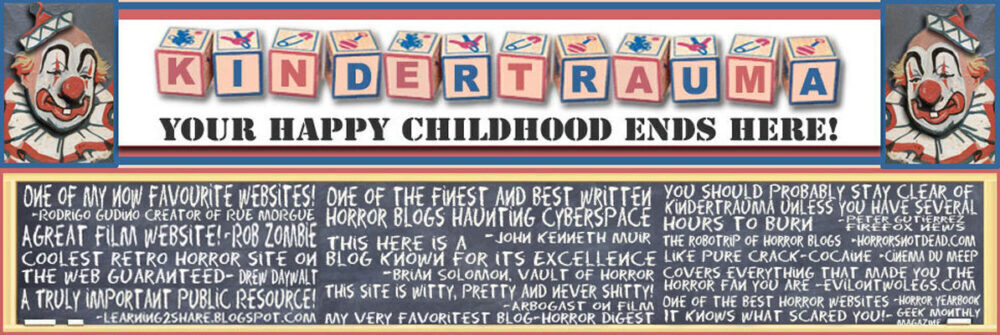
There’s not much that can be said about William Friedkin’s adaptation of William Peter Blatty’s brilliant novel THE EXORCIST that hasn’t been said before but I’ll give it a shot. Although I recently watched the film for the umpteenth time, I can tell you that there were many years in which I absolutely wouldn’t dare do so. I thought of it as akin to courting the devil and I guess my ultimate fear was that by watching it, I might become possessed myself. Looking back, I guess there was a lot of magical thinking and supernatural paranoia occupying my head as a kid. As much as I enjoyed watching babysitters and camp counselors get killed in creative ways as a budding horror fan, my bravery evaporated when it came to anything religious or especially, anything dealing with the devil. I believed in that Satan guy until one day I miraculously didn’t and what a relief it was.I still consider myself spiritual to a degree but these days I take everything I absorbed as a child from Sunday school with a hearty pinch of salt. Still, my mind remains open a wee crack, there are no atheists in foxholes after all and who knows what the future will bring. Anyway, when my abject fear of religion hit the high road so did my overwhelming terror of the demonic force in THE EXORCIST. That said, I highly doubt there will ever come a time when I don’t squirm like a worm on a hook during the medical procedures endured by Regan (Linda Blair. Those scenes always make me wince and stand to prove that there are some kindertraumas that you never grow out of.

Luckily, you don’t have to be shaking in your shoes or freaking out in your footwear to enjoy THE EXORCIST. No matter your level of skepticism it’s still an expertly crafted masterwork with a hypnotic score, dynamic acting (the entire cast is impeccable) and an autumnal atmosphere that’s singularly seductive (that scene when Chris MacNeil (Ellen Burstyn) strolls through Georgetown sidewalks carpeted with fall leaves as trick or treaters pass to the tune of Mike Oldfield’s “Tubular Bells” is one of my favorite moments in all of cinema). Even though the lightening quick flashes of Captain Howdy’s pale visage no longer have me hiding under the couch, I’m very far from the mentality of a semi-recent audience I viewed it with who chuckled at every curse word thrown (philistines!). Happily too, I can say that a part of me relates to young Regan’s plight now more than ever before. I don’t know what it’s like to have my head turn three hundred and sixty five degrees but due to recent disappointments, I do understand the urge to stay in bed, use foul language and throw furniture at anyone who dares enter my immediate space. Even if you strip away the film’s blaring religious garments, there still stands a universal clash between the powers of darkness and light, positivity and negativity, and optimism and hopelessness to consider. No one religion owns this eternal struggle that we all participate in every day whether we’re conscious of it or not and you certainly don’t have to be religious to have faith in the power of good and the value of life. In this area, Blatty’s profound, surprisingly sanguine book is more adamantly persuasive than the film in relaying the idea that for as much evil as there is in the world, there is also clear, identifiable goodness as well. I always try to keep that in mind when the pea soup begins to gurgle inside me, waiting to spring forth.













































You must be logged in to post a comment.